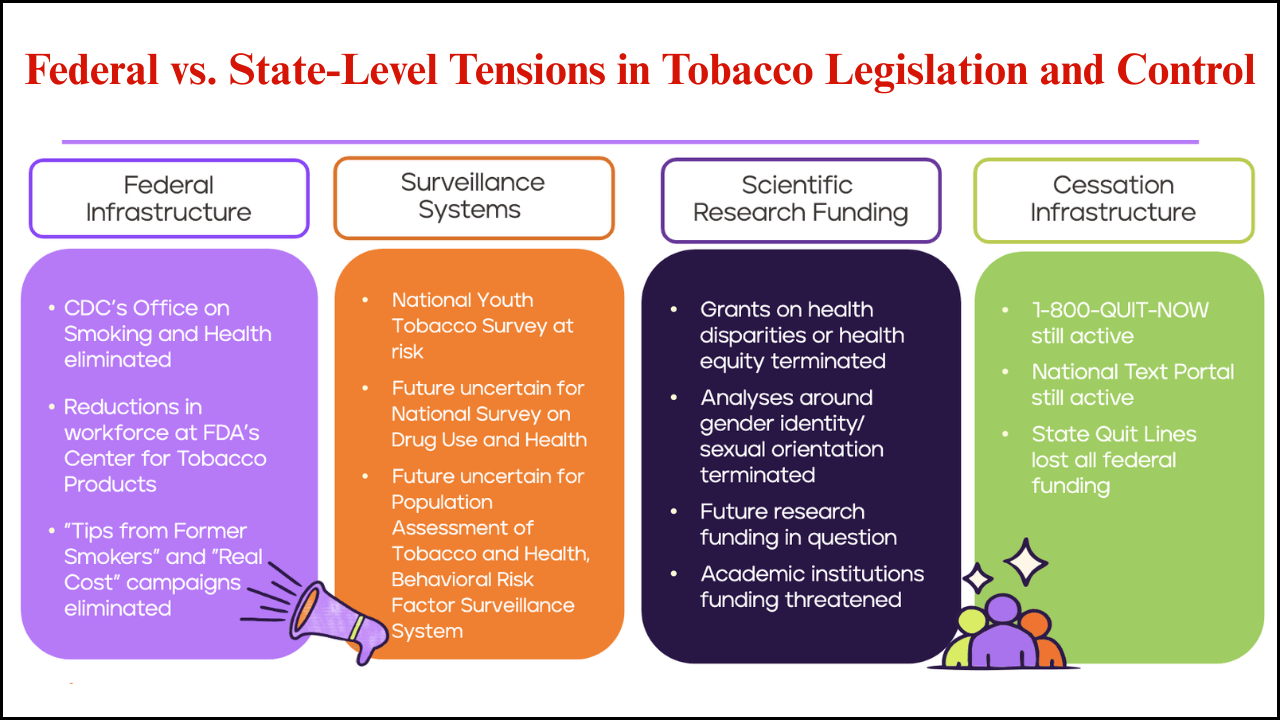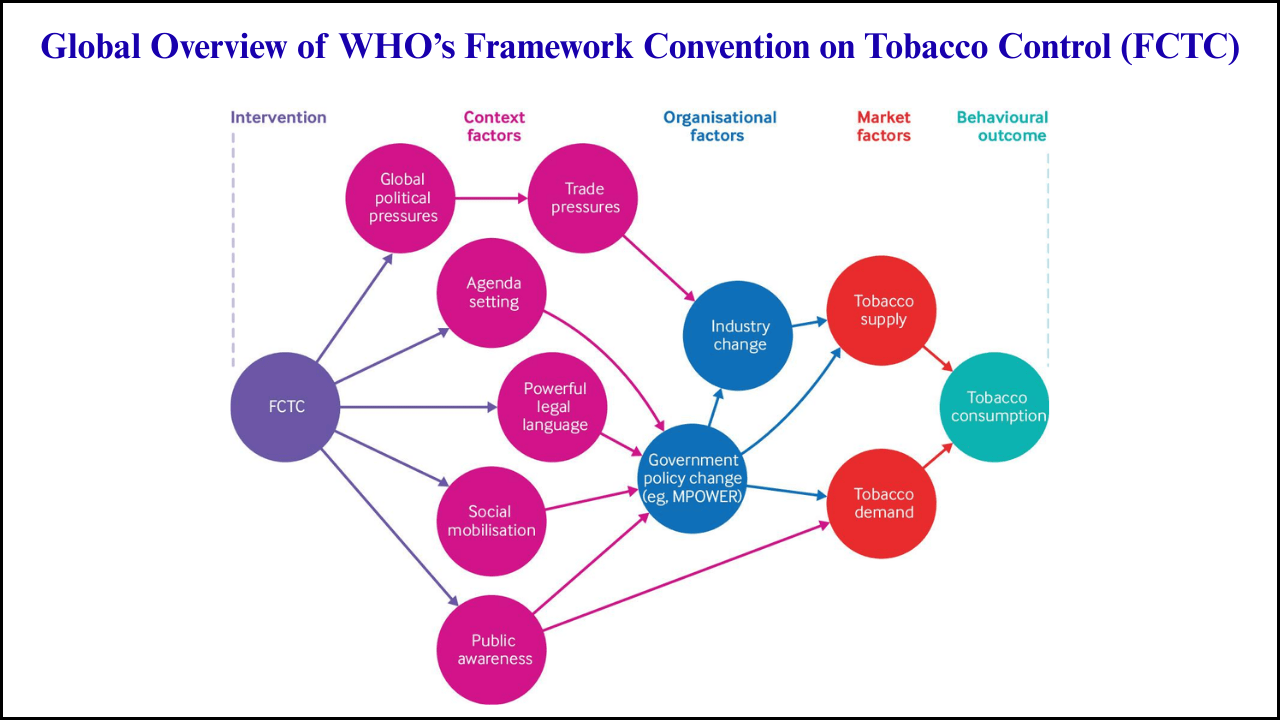
Training plays a vital role in preparing public health officials and legal professionals to respond effectively to crises, manage policies, and protect communities. Properly designed training materials create a bridge between technical knowledge and real-world application, ensuring that professionals can work together across disciplines. Understanding the structure, types, and purpose of such resources provides insight into how they shape decision-making, improve efficiency, and safeguard public well-being.
Table of Contents
Key Objectives of Training Materials
- Knowledge Enhancement – Resources build a strong foundation of scientific, medical, and legal knowledge.
- Skill Development – Training improves practical skills in communication, data analysis, and enforcement.
- Interdisciplinary Collaboration – Materials foster cooperation between the health and law sectors.
- Crisis Preparedness – Resources prepare professionals to act swiftly during emergencies.
- Policy Implementation – Materials help in understanding and applying legal frameworks in public health.
Types of Training Materials for Public Health Officials
- Guidelines and Protocols – Documents offering step-by-step instructions for disease surveillance, vaccination programs, and outbreak response.
- Case Studies – Real-life scenarios that highlight best practices in handling epidemics, food safety, or environmental hazards.
- Simulation Exercises – Practical drills that replicate emergencies to test readiness.
- Digital Learning Modules – Online courses with multimedia content that enhance accessibility.
- Manuals and Handbooks – Comprehensive resources that provide detailed instructions for routine operations.
Types of Training Materials for Legal Professionals
- Legal Reference Guides – Summaries of laws, acts, and regulations relevant to health governance.
- Court Case Reviews – Analyses of landmark judgments influencing public health law.
- Scenario-Based Training – Exercises that test decision-making in cases of medical negligence, quarantine enforcement, or consumer rights.
- Policy Briefs – Concise documents explaining the legal implications of new health policies.
- Workshops and Seminars – Interactive sessions that foster dialogue between law practitioners and health experts.
Shared Training Needs Across Both Professions
- Understanding of Epidemiology – Basic knowledge of how diseases spread and how to track them.
- Crisis Communication – Skills to convey accurate information to the public without creating panic.
- Ethical Decision-Making – Guidance on balancing individual rights with public safety.
- Legal Accountability – Awareness of liability and responsibility during interventions.
- Data Privacy – Knowledge of confidentiality laws when handling patient data.
Comparison of Training Materials
| Aspect | Public Health Officials | Legal Professionals | Shared Elements |
|---|---|---|---|
| Focus | Disease control, outbreak management, preventive care | Legal interpretation, policy enforcement, litigation | Community safety, compliance |
| Format | Guidelines, handbooks, simulations | Case reviews, legal briefs, seminars | Digital modules, workshops |
| Key Skills | Epidemiology, crisis management, fieldwork | Legal reasoning, documentation, and advocacy | Communication, ethics |
| Application | Implementing health programs | Interpreting and applying laws | Emergency response |
| Outcome | Reduced disease spread, effective health systems | Strong legal backing, protection of rights | Integrated decision-making |
Benefits of Training Materials
- Clarity of Roles – Professionals understand boundaries and responsibilities.
- Efficient Coordination – Resources encourage smooth collaboration during crises.
- Updated Knowledge – Materials provide the latest information on health laws and scientific developments.
- Prepared Workforce – Training ensures professionals are ready for sudden emergencies.
- Public Trust – Well-trained officials and lawyers strengthen community confidence.
Challenges in Designing Training Materials
- Rapid Policy Changes – Constant updates in law and health policies demand frequent revisions.
- Resource Limitations – Lack of funds or digital infrastructure reduces accessibility.
- Cultural Barriers – Materials may fail to consider linguistic or social diversity.
- Overload of Information – Too much technical content can overwhelm learners.
- Interdisciplinary Gaps – Legal and health frameworks sometimes lack alignment.
Strategies to Improve Training Materials
- Modular Design – Breaking content into manageable units for easier understanding.
- Use of Technology – Incorporating e-learning platforms, mobile apps, and virtual reality simulations.
- Stakeholder Input – Involving both legal and health professionals in content creation.
- Regular Updates – Ensuring materials reflect new scientific findings and legal precedents.
- Interactive Learning – Promoting workshops, role plays, and group discussions.
Examples of Training Modules
| Module Name | Target Group | Learning Focus | Delivery Mode |
|---|---|---|---|
| Disease Outbreak Response | Public Health Officials | Surveillance, rapid testing, vaccination drives | Field manuals, drills |
| Quarantine Law Enforcement | Legal Professionals | Legal basis of quarantine, rights of individuals | Case studies, seminars |
| Public Health Communication | Both Groups | Crisis communication, media handling | Workshops, simulations |
| Data Privacy and Ethics | Both Groups | Confidentiality, patient rights, and ethical decision-making | Online training, interactive case studies |
| Food Safety Regulations | Legal Professionals | Consumer protection, liability of food industries | Legal briefs, mock trials |
Impact of Effective Training
- Improved Public Safety – Quick containment of health threats reduces risks.
- Reduced Legal Conflicts – Awareness of regulations prevents unnecessary disputes.
- Enhanced Policy Implementation – Coordinated action ensures successful rollouts.
- Global Collaboration – Common frameworks help in international cooperation.
- Sustainable Development – Strengthened health and legal systems contribute to long-term community resilience.
Role of International Organizations
- World Health Organization (WHO) – Develops technical guidelines and training modules for outbreak response.
- United Nations (UN) – Promotes legal frameworks that balance human rights and public safety.
- Centers for Disease Control and Prevention (CDC) – Provides training toolkits and simulation exercises.
- World Bank and Donor Agencies – Support funding for training infrastructure.
- Non-Governmental Organizations (NGOs) – Create grassroots-level training focusing on local needs.
Future Directions of Training Materials
- Artificial Intelligence Tools – AI-driven simulations for disease prediction and legal scenarios.
- Cross-Border Training – Programs that standardize materials for global applicability.
- Hybrid Learning Models – Combining in-person training with digital platforms.
- Gamified Learning – Use of interactive games to make learning engaging.
- Sustainability Focus – Integration of climate change and health law into curricula.
Parting Insights
Training materials for public health officials and legal professionals represent more than just educational resources. They serve as essential tools that strengthen preparedness, ensure compliance with laws, and foster collaboration between two critical fields. Properly designed resources not only improve crisis response but also create a resilient system that balances health priorities with legal accountability. Stronger training ultimately results in safer communities and better governance for the future.






